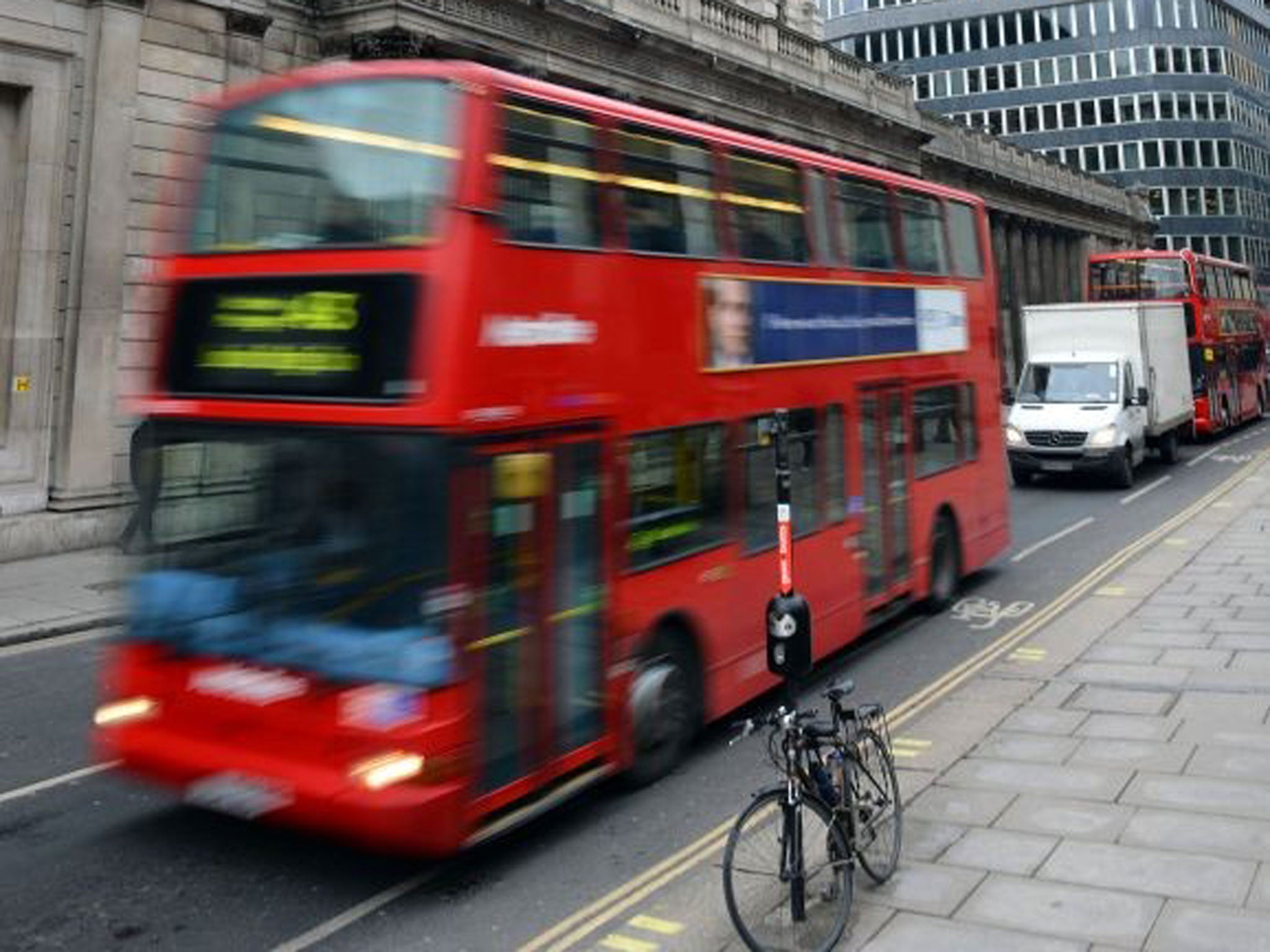Interest rates rules have been turned upside
A rise is expected next year, making savers happy and plunging the heavily mortgaged into despair. But it also means a return to growth … in theory


So it will be higher interest rates next year. That is not yet the consensus view, which is that rates stay on hold until 2015. But expectations lag behind reality. The combination of the sharp upward revision for economic growth next year from the Bank of England, unemployment falling even faster than the Bank projected and the growing evidence of a house price surge must have brought forward the date at which rates start to go up. It is quite plausible that the first rise will come in the middle of next year.
What then? Well, the first thing is that a lot of people would welcome higher rates. The received wisdom of politicians and the media was that a rise in rates was bad and a decline good. When interest rates were set by the Chancellor before 1997, a fall in rates would be trotted out ahead of an election as a sweetener.
Some of that attitude lingers. You often hear the argument that delaying the rise in rates until after the general election would benefit the coalition. But I suspect we may be in the early stages of a revolution in social attitudes towards interest rates akin to the changes that have swept across politics in attitudes to higher social spending. Go back 20 years and there was a clear majority of people who believes that welfare spending should be higher; now there is an equally clear majority, especially among Tory voters but even among Labour ones, that it should be lower.
You cannot yet demonstrate that higher interest rates might actually be popular with the electorate, and there is certainly a strong business lobby against them. But if you ask people about their own circumstances, there is an even split.
Last week, a ComRes poll showed that 30 per cent of people said higher interest rates would be positive for them, with 31 per cent saying it would be negative. As you might expect, older people on the whole thought they would benefit from higher rates, while the middle-aged (and those with mortgages) thought they would be damaged.
If you translate this into the harsh old world of politics, it might even be that a rise in rates would help the coalition. Older people are more likely to vote than younger ones, and rising rates would tap into the sense of unfairness that people who save for a rainy day are punished for their prudence.
If the politics appears less straightforward than it used to, so too may be the economics. In the past, it was assumed that there was a pretty straightforward relationship between lower interest rates and changes in economic activity. It worked in three main ways. A cut in rates would boost output by cutting the cost of consumer credit and funding for investment. It would increase asset prices and increased wealth would lead to higher consumption. And it would also tend to push the exchange rate down, leading to higher exports and import substitution, and increase activity that way too.
I am sure this is still basically right. Ultra-easy monetary policy has indeed been an important factor boosting the economy. Consumer demand, particularly for cars, has been supported by easy and cheap credit, while the recovery in house prices has helped support consumers too.
But the process has not worked as well as might have been expected. Companies have not increased investment as expected, and the corporate sector as a whole is sitting on a pile of cash. And exports have not responded nearly as well as predicted to the 20 per cent devaluation of sterling, while imports have risen quite sharply despite it.
If you accept this, it is quite possible that a modest rise in interest rates and the associated recovery in sterling will not damage the recovery. A new study by McKinsey supports the idea that the easy money policies in the US, UK and the rest of Europe have been something of a double-edged sword. They did save the economies from the slump but they also had differential effects. The "winners" in the UK have been government and non-financial corporations. The main "losers" have been households, insurance and pensions and banks. Indeed, the largest single losers in terms of income have been households, though to some extent that loss may have been offset by higher asset prices, particularly of houses.
The big message, though, is that ordinary Britons have been net losers from the easy money policy, which puts a rather different political gloss on the episode. At any rate we will, I suspect, see a gradual return to normal interest rates over the next two or three years. If the UK does grow faster next year than both the US and the eurozone, we are likely to see an earlier rise in our interest rates.
Are we ready for that? I think we can be reasonably optimistic. For a start, rising rates are a reflection of the return to decent growth. Second, cash-rich companies will be pleased, while for cash-poor ones the key problem has been lack of availability of funds rather than cost. And if our consumers are on balance neutral, then a rise in rates should not be too damaging to consumer demand. There is one group that will be hit: those who are heavily mortgaged and have rates tied to base rate. Against that, there will be a lot of relieved savers, who will at last see virtue rewarded.
Join our commenting forum
Join thought-provoking conversations, follow other Independent readers and see their replies
Comments
Bookmark popover
Removed from bookmarks